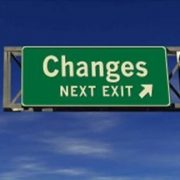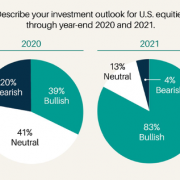I often get asked why I never put out ?BUY? recommendations on consumer discretionary stocks. I promptly send them in search of the latest consumer spending figures at the Bureau of Economic Analysis, which do not paint a pretty picture (click following link ?http://www.bea.gov/newsreleases/national/pi/pinewsrelease.htm).
Since 2008, quarterly spending has come in at a scant 0.5%, the lowest figures since the Great Depression. You can blame deleveraging by the individual. While the government is telling us to spend more to stimulate the economy, we are in fact doing the opposite to put away more cash for a rainy day. They are also taking out an insurance policy against a future financial crash, which could come as early as next year.
You can find this in consumer debt, which saw a zenith of 130% of disposable income as recently as 2007. Today we are back down to 115%, possibly on our way to 70%, the 1970-2000 average. This is also reflected in the savings rate, which has risen from 1.2% in 2005 to 4.9% today, and may hit the long-term average of 8%.
If anything, these numbers are about to worsen dramatically as 80 million baby boomers retire. The over 65 crowd is not exactly known for the big spending, low saving ways, excluding myself.
I always tell people that being a former scientist and math major, I am a numbers guy. Just cut the BS, the spin, the apple and orange comparisons, and the ?independently? financed research, and give me the damn numbers. I can reach my own conclusions, even if you don?t like them.
The figures above are a major part of my own long term forecast for US GDP growth rate of 2.0%-2.5%. Decimating the middle class by shipping 25 million jobs to China assures decades long decline of standards of living. Should you expect anything more? Walmart (WMT) says that it now has a major problem in that its low-end customers are literally running out of money. This is not good for the industries specialized in this area.
Those looking for fodder that the US is coming down with the ?Japan Syndrome? and the two decades of lost economic growth this entails will find fertile ground here. US consumer spending still accounts for 70% of GDP growth. In Japan, it peaked in the late eighties at 20%. So the loss of the consumer will be far more damaging here than it is in the country that is suffering its third decade of flat economic performance.
In stock market terms, this means we may get a little more upside by the end of the year, possibly 70 points in the (SPX), but not much more. Off to a raging bull market we are not. The nimble may be able to profit from this, but for most it will be a snore.











